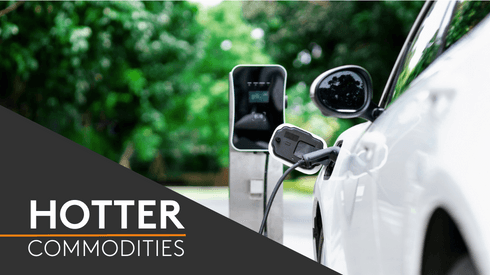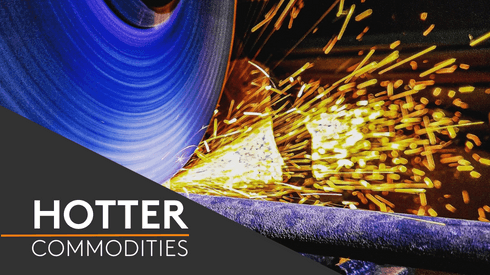“The German economy is doing badly,” a trader source said.
And the German copper market is “very slow,” according to a producer source.
Germany’s weak demand is particularly significant because the country is the largest copper consumer in Europe.
“Germany is by far the weakest market in Europe at the moment,” a second trader source said.
Weak copper demand from several sectors is affecting Germany’s copper demand, with manufacturing, automotive and construction all hit hard, Fastmarkets heard.
“Demand is weak across the board,” a consumer source said, adding that “automotive demand is especially weak.”
Weak demand from China for German-made products, such as cars, could be playing some role in diminished demand, sources said.
“In Germany, lots of exports are hit, mainly with focus on China,” the first trader source said.
High interest rates were subduing construction demand, sources said.
Workers’ hours in the industrial sector have been reduced due to a lack of demand, multiple sources told Fastmarkets.
But some demand is still being reported from industries tied to the energy transition. Sources said that government-funded green energy infrastructure projects were consuming copper.
The energy-cable sector “is doing well,” the consumer source said, adding that “these are long-term projects.”
But strong demand from the energy transition sector did not counterbalance the weakness elsewhere, sources said.
Copper price updates
Fastmarkets’ fortnightly assessment of the copper grade A cathode premium, delivered Germany was $180-200 per tonne on Tuesday August 20, unchanged from August 6.
The premium is at its lowest since February 6, when it was also assessed at $180-200 per tonne.
Weak demand meant that traders and producers had a large amount of material to offer, sources said.
“Everyone is a seller,” a third trader source said, adding that several European producers have material to offer.
“Producers [are] sitting on material; they have stock,” the consumer source said.
This was of specific significance as, in theory, Europe is shorter than usual on material, Fastmarkets heard.
Issues at Boliden’s Ronnskar smelter should mean decreased production in Europe, sources said.
And increased amounts of material from South America are heading to North America and Asia instead of Europe due to better demand; also, Russian material is being imported less into Europe, sources said.
The spot copper market in Rotterdam is said to be incredibly quiet; non-EU copper is usually imported into the EU through this market, but sources said that European production was covering demand in the region.
Fastmarkets’ fortnightly assessment of the copper grade A cathode premium, cif Rotterdam was $120-135 per tonne on Tuesday, unchanged since April 2.
All these factors should point to supply tightness, but the market is instead facing a demand issue, Fastmarkets heard.
And there could quickly be tightness if demand picks up, sources said.
“Once [the market] recovers, there won’t be so much material,” the first trader source said.
What to understand more about what’s ahead in the copper industry? As copper prices reach record highs and analysts warn of ‘unsustainable deficits’, we explore the key trends shaping the copper market. Read more here.






